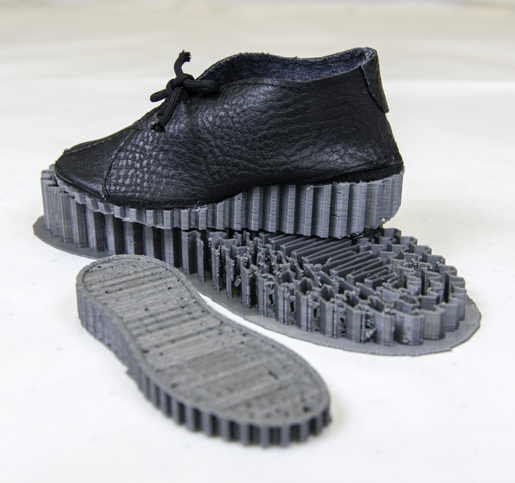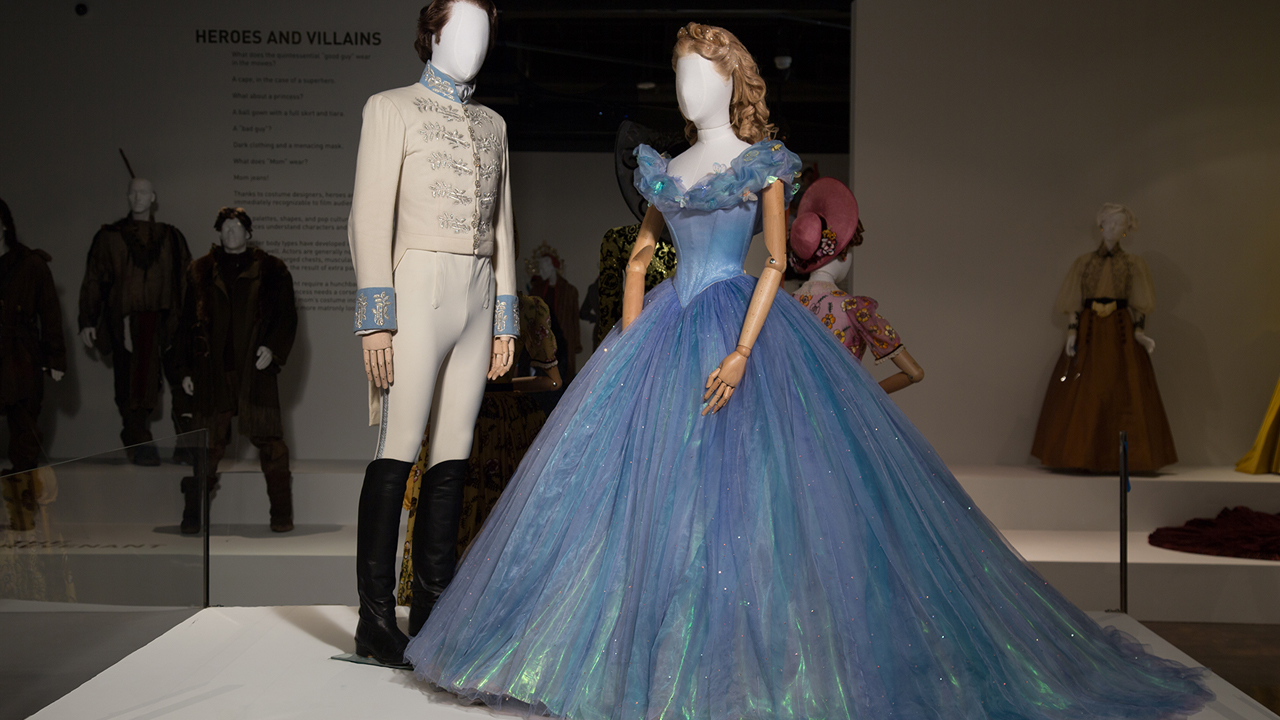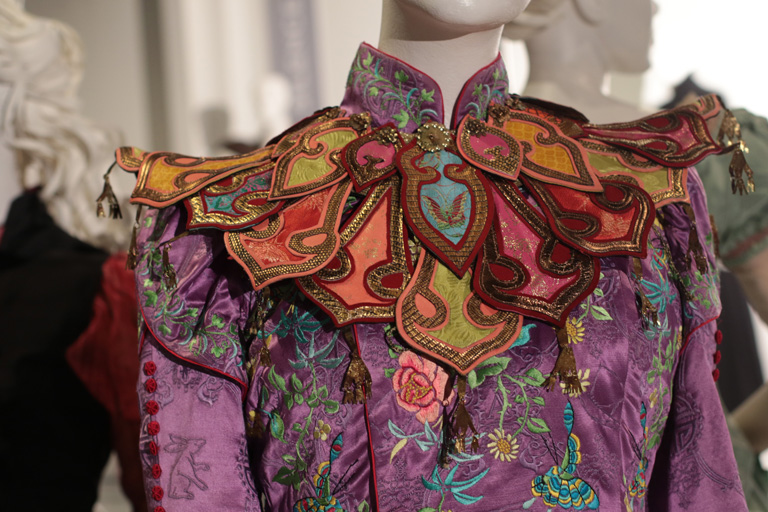
A Chat With Design B.A. Program Chairperson Anne Bennion
The Bachelor of Arts in Design Program was created for students holding an A.A. degree from FIDM in Fashion Design, Graphic Design, Interior Design, Textile Design, or Visual Communications. Design classes explore strategies, trends, visual image, and identity, so that students learn to articulate concepts for real-world application and target customers. Through capstone studio design courses, students develop a personal thesis and are encouraged to think creatively, critically, and divergently about the design process. We recently chatted with Design Chairperson Anne Bennion to learn more about this unique B.A. Program.
What has the reaction been to the B.A. Design Program since its launch last year?
I have been very pleased at the number of design students prepared to pursue a Bachelor of Arts degree. Students enter the program to deepen their knowledge and to define their skills. They want to be better designers in their design areas, but they also recognize the value and accomplishment of completing a four-year degree. It has been great to see the students refine and be creative with the skills they acquired in the A.A. Program.
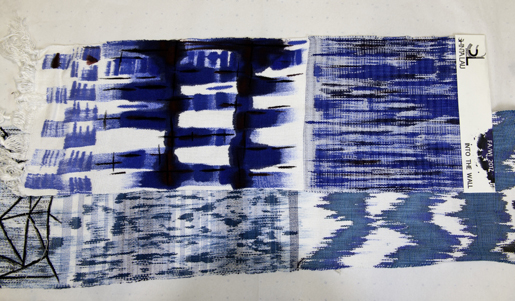
What are some of the advantages of having various majors together in the B.A. Design Program?
In the 3rd year of the B.A. Design Program, the students from all the different design departments take design courses with each other. This completely changes the dynamic of the creative classroom. When students from a variety of design majors study and work on projects together it broadens the scope of everybody’s design thinking. The B.A. in Design classes have a mix of students from different A.A. majors so everyone sees how other designers think during the creative process, and in the end the students benefit from a wide perspective of what design means.
The students bring their own skill set, medium, and approach to class assignments, talk with each other, and work on projects together. The methods with which each designer approaches solutions to design problems adds to the general base of information, perspective and indeed, enhances the level of creativity of all the students in the class. In the 4th year, students are back focused on their own disciplines for studio classes but hopefully with a new outlook. Although students are primarily in classes of their area of expertise they have a new outlook. Some students take the opportunity to learn new skills and really expand their range as designers.
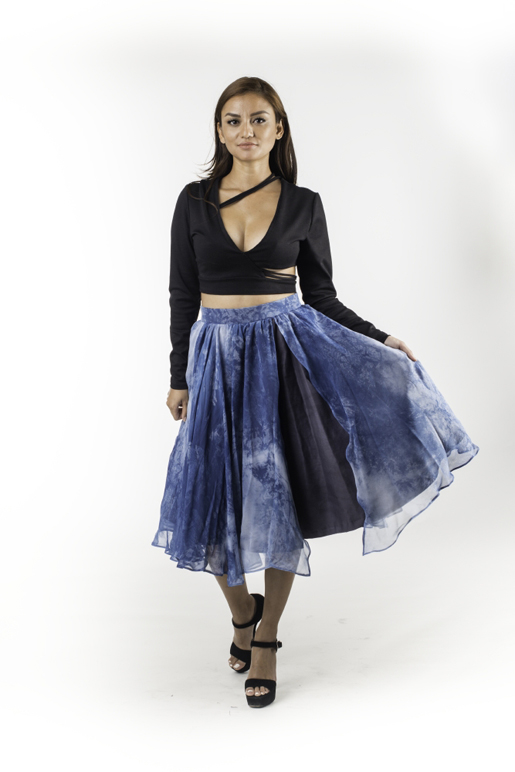
How else is the program unique?
When the students are in the end of their third year, they create a proposal for what they want to do and design throughout their fourth year. (We call this the senior design thesis proposal). They decide what they are going to do, research, and work on for the last three quarters of the program. In the last year, students take on the task of making what they want to pursue. They define their goals and their instructors are there to take them through the design process three distinct times, each with a different approach.

In addition to being the Chairperson for Design, you are also the Chairperson of Fashion Knitwear Design and Textile Design. How do you manage it all?
Our students are tremendously creative. I love seeing what they produce and how they learn to solve problems and find solutions in creative ways. Sitting in on classes at the end of last quarter, it was amazing to see students dig deep in themselves, to find what inspires and encourages them and then how they fulfill it by what they design.
They learn how much they love aesthetic; they learn what aesthetic means to them, and what kind of aesthetic they are drawn to and why. They learn how to articulate creative, critical thinking. They learn that with that knowledge, they can confidently approach any problem, in or out of the world of design. Watching our students become designers, critical design thinkers and makers, gives me confidence for the future.
